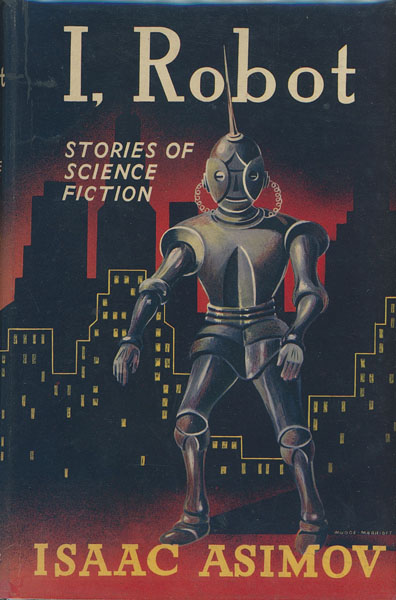A True Yunatic
Some writers don’t just imagine the future – they outline its rules, ethics and architecture. Isaac Asimov was one of those rare minds. A Russian-born American polymath, he was a writer, scientist, futurist and relentless explainer of everything. With hundreds of books across science, sci-fi and philosophy, Asimov wasn’t just prolific – he was foundational.
He dreamed of galaxies ruled by mathematics, of robots bound by laws and of a humanity learning to think ahead rather than react behind. Asimov didn’t just predict the future – he helped write its operating system.
“Violence is the last refuge of the incompetent.” – Isaac Asimov
The Inner Child
Asimov’s inner child was a book-devouring rocket brain, who grew up in a candy store surrounded by pulp science fiction magazines. That kid never stopped asking questions, never stopped explaining things, never lost the thrill of what if…? He kept the joy of discovery close – turning complex science into wonder-filled words for everyone.
Tribbles
His tribbles were many, but a few still shape how we dream:
- The Foundation Trilogy – His epic masterpiece. A galactic empire in decline and the mathematical genius (Hari Seldon) who tries to preserve knowledge through psychohistory.
- Invented the word “robotics” – And laid down the legendary Three Laws of Robotics, defining how machines should serve – and never harm – humans.
- I, Robot – A collection of robot stories that remain deeply human.
- Futurist & educator – Asimov believed science fiction wasn’t escapism – it was an early warning system.
“Any sufficiently advanced technology is indistinguishable from magic.” – Arthur C. Clarke

Connected with the Yuniverse
Asimov didn’t believe in distant, cold futures. He believed in a reasoned universe, where knowledge builds progress and imagination holds responsibility. He looked at stars and saw systems, ethics and infinite possibilities. To him, humans weren’t flawed – just unfinished.
Spiritual
Asimov was a humanist, grounded in science, yet mystified by the wonder of existence. His spirituality lived in his awe for reason, curiosity and cooperation.
Isaac Asimov reminds us that the future isn’t a fantasy – It’s a story we’re already writing. So write it well sign a world that works, not just today, but for generations to come?